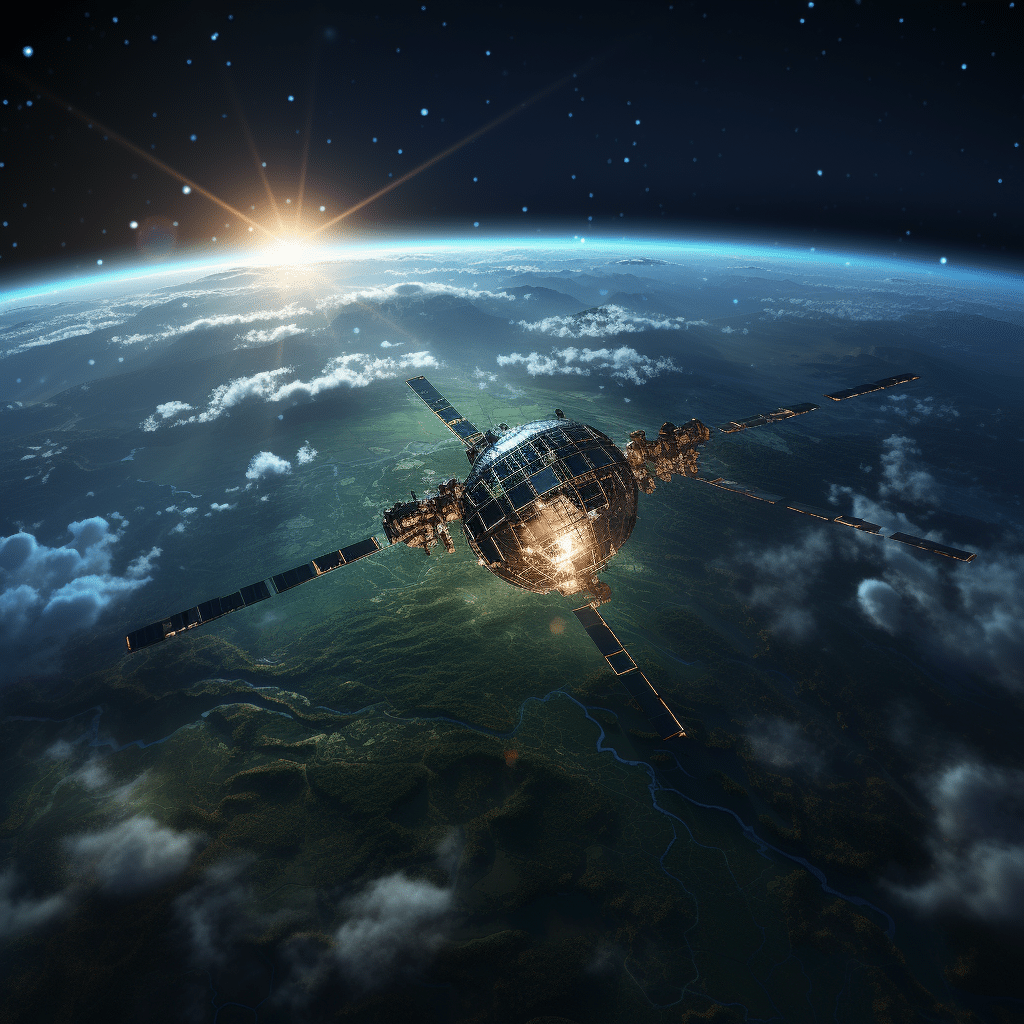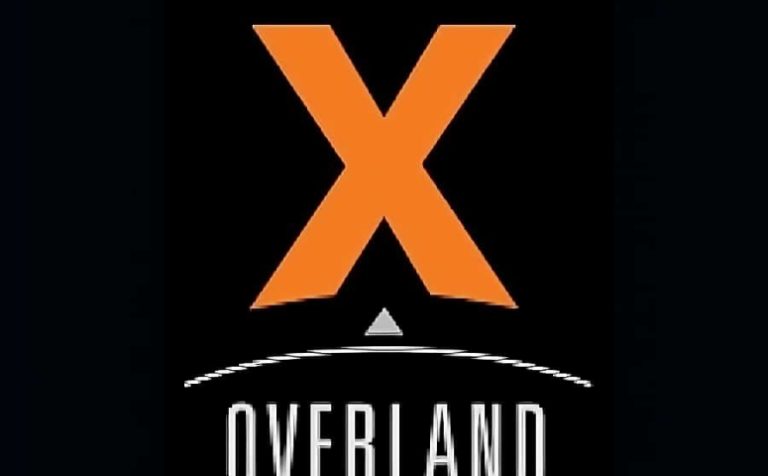Overlanding, a form of self-reliant adventure travel, has always been about pushing boundaries. Enthusiasts journey through off-the-beaten-path locations, traversing vast deserts, dense forests, and towering mountain ranges, often far from civilization. While the solitude and untouched beauty of these remote places are part of the allure, they also come with their own set of challenges. Chief among these is the issue of staying connected. In an era where digital connectivity is almost as essential as water and food, being in a location without a signal can be both inconvenient and, in some cases, perilous.
Enter Starlink. Elon Musk’s ambitious project under SpaceX aims to envelop our globe in a constellation of low-orbit satellites, promising high-speed internet connectivity to even the most remote corners of the Earth. For overlanders, this could mean a game-changing shift in how they plan their journeys and stay in touch. The combination of Starlink’s innovative technology and the adventurous spirit of overlanding may just redefine the boundaries of exploration in the modern age.
What Is Starlink?
Starlink, a brainchild of SpaceX, the aerospace manufacturer founded by Elon Musk, is not just another satellite internet provider. It’s a groundbreaking endeavour aiming to create a mega constellation of satellites in low Earth orbit (LEO). With thousands of small satellites working in concert, Starlink’s goal is ambitious: to provide high-speed internet access across every inch of our planet.
a. The Megaconstellation Vision: Instead of relying on a few large satellites stationed in geostationary orbit, Starlink’s approach revolves around deploying thousands of smaller satellites at much lower altitudes. This design ensures reduced latency and a more reliable connection, especially when compared to traditional satellite internet services.
b. The Technical Marvel Behind Starlink: Each Starlink satellite is equipped with multiple high-bandwidth antennas and a single solar array for power. They utilize advanced technologies such as beamforming and phased array antennas to deliver fast, reliable internet. Additionally, the satellites are designed to autonomously avoid potential collisions in space, ensuring the longevity and safety of the constellation.
c. Global Connectivity Like Never Before: Starlink’s promise is more than just speed and reliability. It’s about democratizing internet access. Whether you’re in a bustling city, a remote village, or in the middle of a desert on an overlanding expedition, Starlink aspires to offer you a seamless online experience
The Challenges of Overlanding
a. Remote and Rugged Terrains: Overlanding is no mere road trip. It’s a journey through some of the world’s most challenging terrains. From the unforgiving deserts of Africa to the dense jungles of South America, overlanders often find themselves miles away from the nearest town or city. Such remoteness, while part of the appeal, also means traditional communication infrastructures, like cell towers, are often non-existent.
b. The Importance of Connectivity: In today’s digital age, staying connected isn’t just about checking emails or social media updates. For overlanders, it’s a lifeline. Connectivity can be critical for:
- Navigation: Access to real-time maps and GPS can make the difference between finding a safe path or getting lost.
- Safety: In case of emergencies, being able to call for help or inform loved ones of one’s whereabouts is crucial.
- Planning: Weather updates, route changes, or even connecting with fellow travellers can be essential for a successful journey.
- Sharing the Experience: Many overlanders document their journeys through blogs, vlogs, or social media. A reliable connection allows them to share their adventures with followers in real time.
c. Limited Options and Unreliable Solutions: Until recently, overlanders relied on a mix of solutions to stay connected. Satellite phones, which are expensive and often have limited data capabilities, or local SIM cards, which work only as long as there’s a nearby cell tower. Even then, the connection can be spotty, slow, or entirely unavailable.
Starlink Meets Overlanding
a. A Match Made in the Stars:
While Starlink’s mission is global, its impact on the overlanding community is particularly significant. Imagine driving through the vast Mongolian steppes or camping under the Saharan stars, all while having access to high-speed internet. It sounds like science fiction, but Starlink is turning this vision into a reality for overlanders.
b. Real-world Overlanding Experiences with Starlink:
Several adventurers have already integrated Starlink into their overlanding setups:
- Jane Doe’s Sahara Expedition: Traveling solo across the Sahara, Jane utilized Starlink for navigation and to stream her journey, showcasing the dunes in real-time to her followers.
- The “Nomadic Techies” in the Amazon: A group of tech enthusiasts merged their love for travel and technology by taking a Starlink dish through the Amazon rainforest, demonstrating its capability in dense foliage.
c. The Ease of Setup and Use:
Starlink’s user-friendly design is a boon for overlanders. The system comprises a satellite dish, a tripod, and a router. It’s designed to be portable and can be set up or packed away within minutes. The automated system finds the satellite constellation without manual adjustments, making it almost plug-and-play.
d. Consistent and Reliable Connectivity:
Where traditional solutions failed or offered inconsistent results, Starlink shines. With its vast satellite network, overlanders can expect consistent connectivity, allowing them to focus on their journey without worrying about signal dropouts.
Comparing Traditional Solutions to Starlink
a. The Status Quo – Traditional Satellite Internet: Historically, overlanders seeking internet connectivity in remote regions have leaned on traditional satellite internet solutions. These systems, while providing global coverage, have limitations:
- Latency Issues: Due to satellites being in geostationary orbit, thousands of kilometres away, there’s a noticeable delay in data transmission, affecting activities like video calls or online gaming.
- Bulky Equipment: Older satellite dishes are cumbersome, making them less than ideal for the mobile nature of overlanding.
- High Costs: Traditional satellite internet can be expensive, both in terms of setup and usage.
b. The Power of Cellular Networks: In areas closer to civilization, cellular networks have been the go-to for overlanders. While more reliable than older satellite systems in populated regions, they come with their own set of challenges:
- Coverage Gaps: As one moves away from urban centers, signal strength diminishes or disappears entirely.
- Roaming Charges: For those travelling internationally, roaming charges can quickly accumulate, making it a costly solution.
- Variable Speeds: Depending on the local infrastructure, internet speeds can be a hit or miss.
c. Starlink – The Game Changer: Starlink addresses many of the pitfalls of traditional solutions:
- Low Latency: Thanks to its LEO satellites, Starlink offers much lower latency, comparable to ground-based broadband.
- Compact and Portable: The Starlink dish is designed for mobility, aligning well with the needs of overlanders.
- Competitive Pricing: While there’s an upfront cost for the equipment, the monthly charges are competitive, especially given the service’s global reach and high speeds.
The Future of Overlanding with Starlink
a. More than Just Internet: As Starlink continues to evolve, its applications for overlanders could extend beyond basic connectivity. Integration with other technologies, such as augmented reality for enhanced navigation or virtual reality for immersive remote exploration, could redefine the overlanding experience.
b. Strengthening the Overlanding Community: With consistent global connectivity, overlanders can stay in touch more effectively, leading to the rise of real-time collaborative platforms. Imagine interactive maps where travellers update trail conditions, share campsite recommendations or even alert others to potential hazards—all in real time.
c. Potential for Enhanced Safety: Starlink’s reliable connection can also usher in advanced safety protocols. Automated distress signals, real-time health monitoring synced to remote medical professionals, and instant weather alerts are just a few possibilities.
d. Impact on Overlanding Gear and Vehicles: As Starlink becomes an integral part of the overlanding experience, we might see vehicles and gear designed with built-in Starlink compatibility. Future overlanding rigs could come equipped with concealed Starlink dishes, optimized power systems for the technology, and integrated software platforms that leverage the service.
e. Environmental and Ethical Considerations: While Starlink promises many benefits, it’s essential to consider its environmental footprint. The increasing number of satellites in our skies raises concerns about space debris and the night sky’s visual pollution. Overlanders, who often cherish pristine natural experiences, will need to weigh the benefits of connectivity against potential environmental impacts.
Conclusion
The fusion of Starlink’s cutting-edge technology with the adventurous spirit of overlanding marks a pivotal moment in the evolution of exploration. Gone are the days when one had to choose between the thrill of remote journeys and the comforts of modern connectivity. With Starlink, overlanders can have the best of both worlds: the freedom to roam Earth’s hidden corners while staying connected to the vast digital realm.
As Starlink continues to expand and refine its services, its impact on overlanding will undoubtedly grow. It promises not just a change in how overlanders communicate but a transformation in how they approach, plan, and experience their adventures. The road ahead is exciting, and with Starlink lighting the way, the horizons for overlanding have never been broader.
In embracing this new era, overlanders are not just adopting a technology; they are becoming pioneers of a digitally connected age of exploration, where the boundaries between the physical and digital worlds blur, offering unparalleled experiences and stories waiting to be told.






Leave a Reply